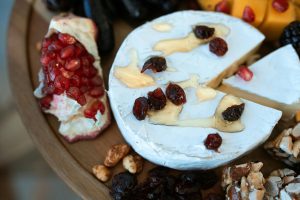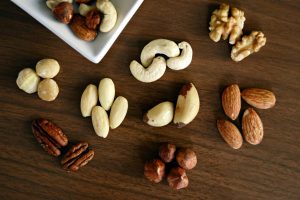The Psychology of Food Photography in Digital Culture
In today’s digital age, where social media and the internet have taken over our lives, it’s no surprise that food photography has become one of the biggest trends. With platforms like Instagram and Pinterest, it’s easier than ever to share pictures of our meals with the world. But why are we so obsessed with taking pictures of food? What drives us to capture the perfect shot? This is where the psychology of food photography comes into play. In this article, we’ll delve into the reasons behind our love for food photography and its impact on our digital culture.
The Psychology behind Food Photography
The act of taking pictures of our food has a lot to do with our emotions and experiences. It’s not just about showcasing what we eat, it’s about capturing memories and creating a visual story. The excitement and anticipation of a delicious meal can be enhanced by taking a picture of it. This leads us to the first aspect of the psychology of food photography, the emotional connection.
The Emotional Connection
Food is closely tied to our emotions and has the power to evoke nostalgia, happiness, and even comfort. This is why we often associate certain foods with specific memories or people. When we capture pictures of food, we are not just capturing the food itself, but also the emotions that come with it. This is why a simple picture of a dish can bring back a flood of memories and feelings.
In the digital age, we are constantly looking for ways to share our experiences and connect with others. Food photography allows us to do just that. By sharing a picture of our meal, we are inviting others to be a part of our experience and connect with us on an emotional level.
The Visual Appeal
In today’s visually-driven world, the saying “we eat with our eyes first” has never been more accurate. Our brains are wired to respond to visually appealing images, and food photography takes full advantage of this. The use of vibrant colors, creative compositions, and perfectly styled dishes make us want to click, share, and drool over the pictures.
But it’s not just about aesthetic appeal, there’s a deeper psychological reason behind the visual aspect of food photography. Studies have shown that looking at pictures of food can actually stimulate our appetite and make us crave those foods. This is why food companies invest in professional food photographers to make their products look irresistible.
The Impact on Digital Culture
The rise of food photography has had a significant impact on our digital culture. With the accessibility of social media and smartphones, anyone can become a food photographer and share their pictures with the world. This has given birth to a whole new subculture, with food bloggers, influencers, and amateur photographers taking over the internet.
The Pressure to be Perfect
With the saturation of food photography on social media, there is a constant pressure to make our pictures look as perfect as the ones we see online. This has given rise to the phenomenon of “Instagrammable” food, where the visual appeal of a dish takes precedence over its taste. This can lead to unrealistic expectations and disappointment when the dish doesn’t look as good as it did on Instagram.
The Rise of Food Porn
Food photography has also given birth to the term “food porn,” which refers to highly stylized, visually appealing pictures of food. These images are not just about showcasing food, but also about creating a sense of desire and indulgence. This trend has led to a culture of overindulgence and glorification of unhealthy foods.
In Conclusion
The psychology of food photography is ever-evolving and deeply rooted in our emotions and experiences. While it has its positives, such as connecting people and creating memories, it also has its downsides, including the pressure to be perfect and the glorification of unhealthy foods. As with any trend, it’s important to be aware of its impact and find a balance between enjoying the experience and taking the perfect picture.
So, the next time you find yourself taking a picture of your food before digging in, remember the psychology behind it. And don’t forget to savor the experience, both on and off the screen.










